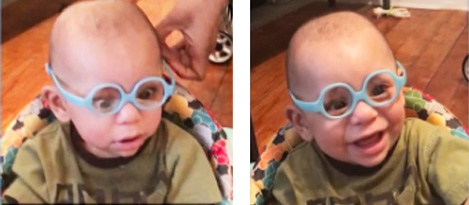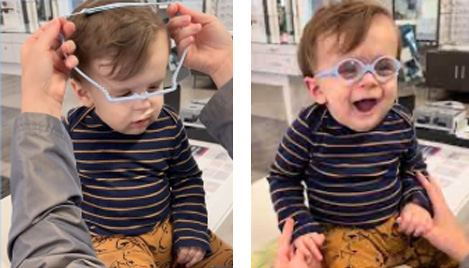Myopia
Understanding Myopia
Myopia, or near-sightedness, means distant objects appear blurry while close objects are clear. It happens when the eye is slightly too long, causing light to focus in front of the retina.
Symptoms
- Difficulty seeing distant objects.
- Squinting or moving closer to see clearly.
- Detected through sight tests by an optometrist.
Causes and Risk Factors
- Extended near activities (reading, screen use).
- Limited outdoor time.
- Genetics (parents with myopia).
- Higher prevalence in East Asian populations.
Why Invest in Myopia Management?
Investing in myopia management can significantly slow its progression. Despite higher costs, the long-term benefits are invaluable.
Preventive Measures
Outdoor Activities: Encourage more time outdoors to help prevent or delay myopia.
Advanced Treatment Options
- Standard Correction: Glasses or contact lenses correct vision but do not slow progression.
- Myopia Management Treatments:
- Specially designed glasses and contact lenses.
- Orthokeratology lenses worn overnight to reshape the cornea.
- These treatments can slow progression by 40% to 60%.
Effectiveness and Safety
- Proven Results: Myopia management treatments are effective.
- Safety: Risks are similar to standard contact lenses. Proper hygiene and regular check-ups minimize risks.
Considerations
- Long-Term Benefits: Lower levels of myopia reduce dependency on glasses and the risk of serious eye conditions.
- Financial Aspect: Though not covered by the NHS in the UK, the long-term benefits outweigh the costs.
Empowering Your Decision
- Investing in myopia management ensures:
- Reduced Risk of Severe Eye Conditions: Early management lowers the risk of retinal detachment, glaucoma, and myopic retinal degeneration.
- Improved Quality of Life: Less dependency on corrective lenses.
- Peace of Mind: Proactive steps protect your child’s vision.
Conclusion: The Value of Vision
Myopia management is a critical investment in your child’s health. While it requires a financial commitment, the benefits are immense. Consult with your optometrist to explore the best options and secure your child’s visual future.


